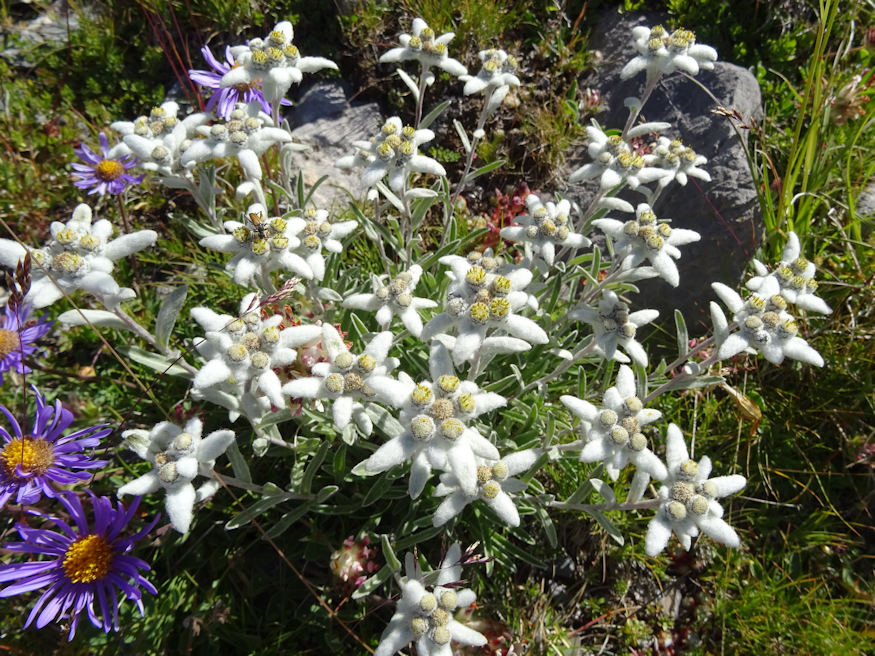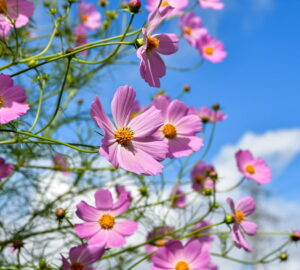Are you a proud owner of a rock garden and looking to add a touch of alpine elegance to your outdoor space? Look no further than edelweiss, a unique and captivating plant that thrives in rocky environments. This beautiful and resilient perennial is sure to bring a sense of charm and adventure to your garden.
1. What Makes Edelweiss Special?
Edelweiss (Leontopodium alpinum) is famous for its delicate, star-shaped blooms that are reminiscent of pure, white snowflakes. These exquisite flowers, coupled with its silver-gray foliage, create a striking contrast against the rugged rocks of your garden. With its distinct appearance and alpine heritage, edelweiss evokes a sense of awe and wonder, making it a popular choice among garden enthusiasts.
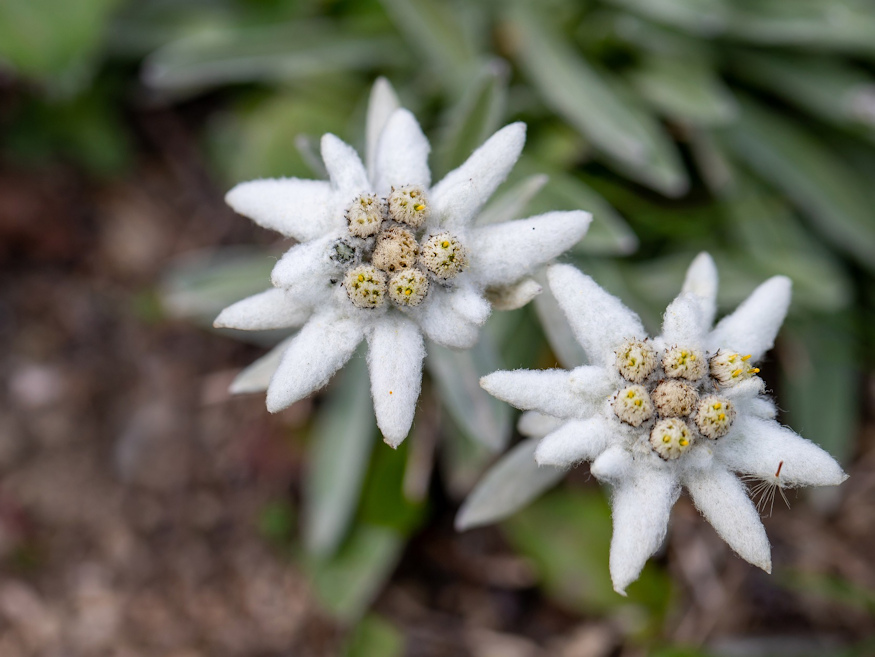
2. Adaptable and Resilient
One of the remarkable qualities of edelweiss is its adaptability to various climates and growing conditions. As a native to the mountainous regions of Europe, it has evolved to withstand harsh environments, making it an ideal choice for rock gardens. Edelweiss can tolerate poor soil conditions and is drought-tolerant, requiring minimal watering once established. Its ability to thrive in rocky terrain makes it a natural fit for your garden’s rocky landscape.

3. Cultivation Tips
To ensure the successful growth of edelweiss in your rock garden, keep the following tips in mind:
- Location: Choose a spot in your rock garden that receives ample sunlight, as edelweiss prefers full sun for optimal growth.
- Soil: Edelweiss prefers well-draining soil with a pH ranging from slightly acidic to neutral. Rocky or sandy soils are particularly suitable.
- Planting: Ensure the plants are spaced adequately to allow air circulation and prevent overcrowding. Dig a hole large enough to accommodate the plant’s root ball, gently place it in the hole and backfill with soil.
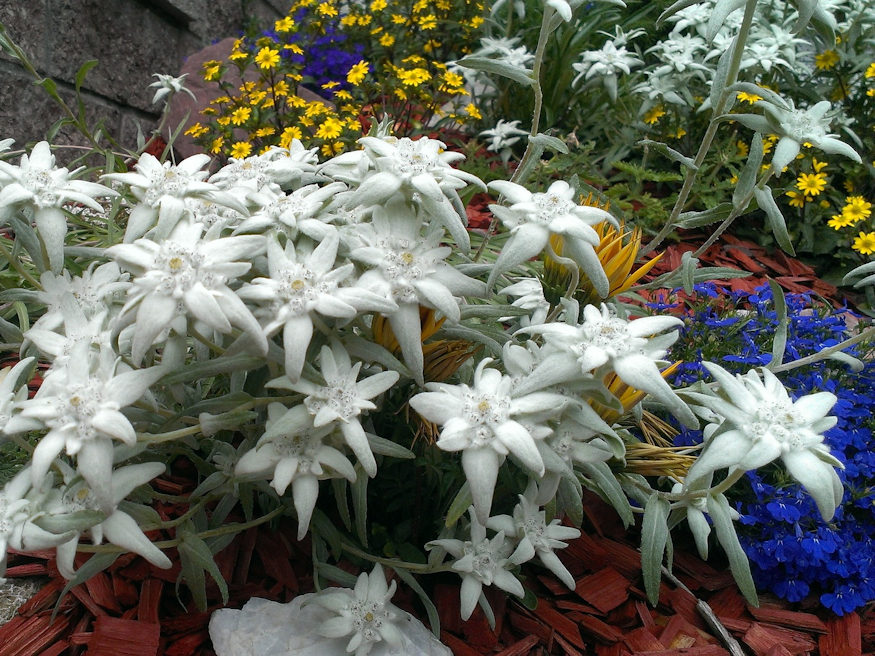
- Watering: While edelweiss is drought-tolerant, it’s essential to water it regularly during the establishment phase. Once established, it requires less frequent watering, as overwatering may lead to root rot.
- Pruning: Trim back any dead or damaged foliage after the flowering season to promote new growth.

- Purchase: Garden owners can typically acquire edelweiss through reputable nurseries or garden centers that specialize in alpine or rock garden plants. It is generally not recommended to collect edelweiss from the wild, as it is a protected species in many regions due to its vulnerability to over-harvesting and habitat loss. It’s best to ensure a sustainable source by purchasing cultivated specimens from trusted suppliers.
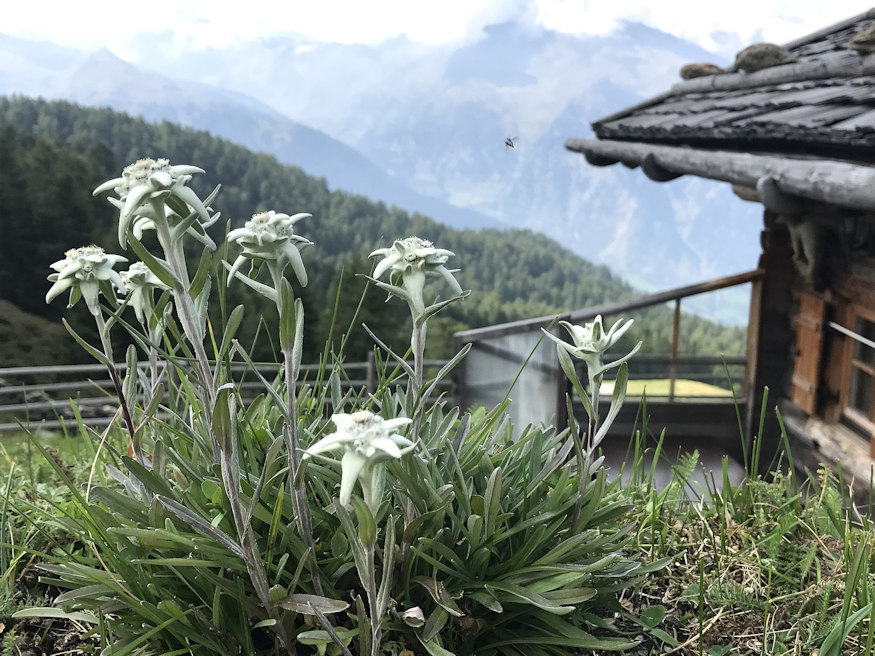
4. Edelweiss Symbolism
Beyond its sheer beauty, edelweiss carries cultural significance and symbolism. It is often associated with the rugged landscapes of the Alps and is considered a symbol of purity, courage and dedication. Adding edelweiss to your rock garden not only enhances its aesthetics but also brings a touch of history and tradition to your outdoor sanctuary.
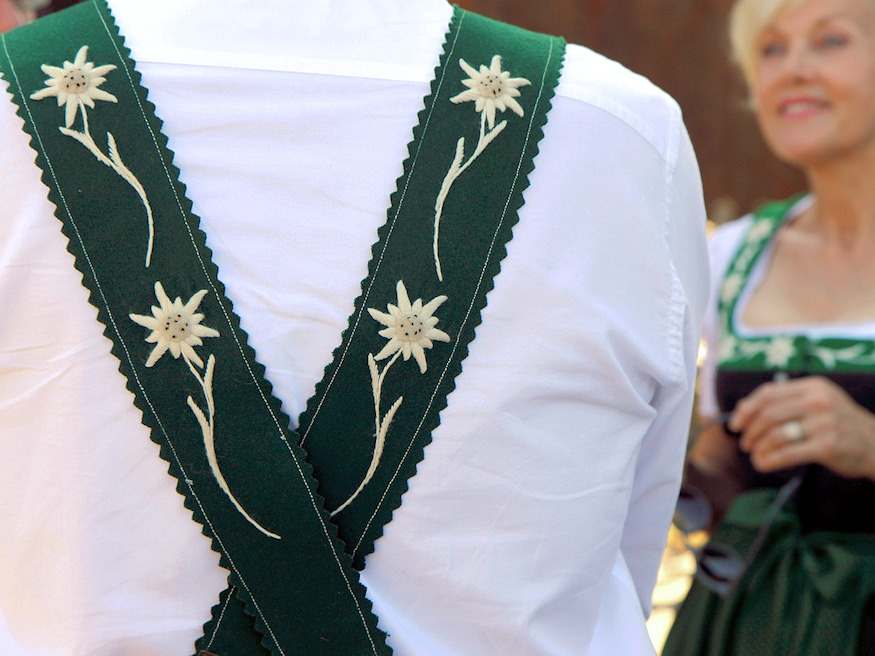

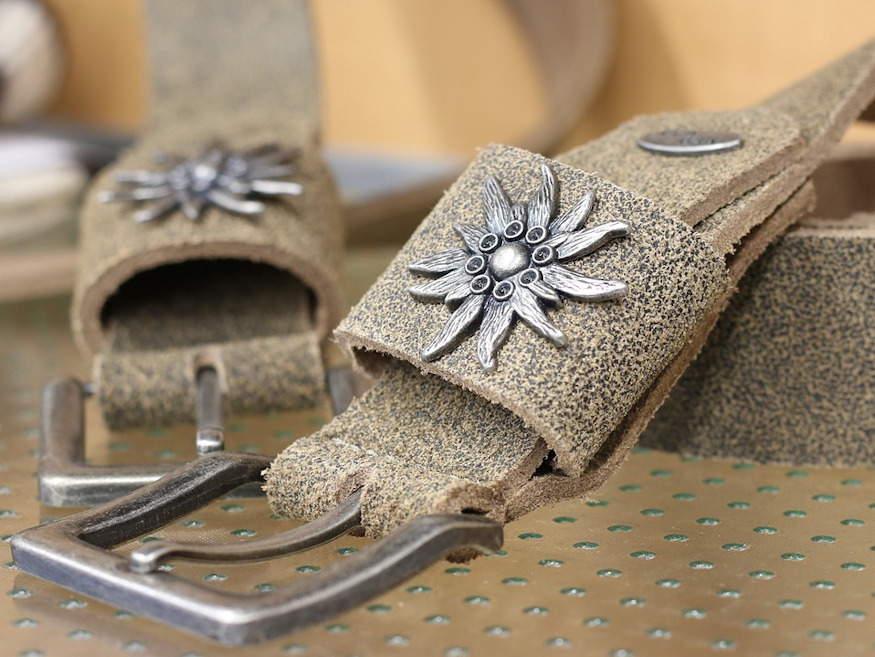
5. Embrace the Alpine Beauty
Incorporating edelweiss into your rock garden offers a unique opportunity to create a mesmerizing display of nature’s artistry. With its stunning white flowers, adaptability and rich symbolism, edelweiss is a testament to the resilience and beauty of alpine flora. So, embark on this botanical adventure and let edelweiss grace your rock garden with its delicate splendor.
